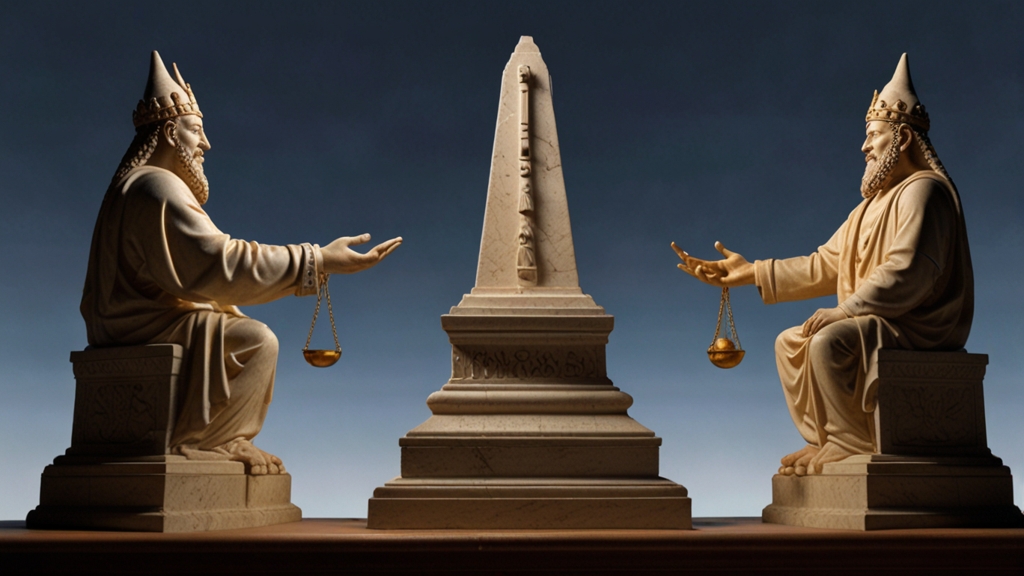The Untold Story of How the Universe Came to Be
The origins of the universe have fascinated humankind for as long as we’ve had the capacity to ponder such profound questions. Throughout history, cultures across the world have crafted intricate myths and theories to explain the cosmos' existence. Despite our scientific advancements, the universe's inception still holds mysteries that elude even the most astute minds.
The Birth of the Universe: The Big Bang Theory
According to the most widely accepted scientific explanation, the universe as we know it began almost 13.8 billion years ago in an event known as the Big Bang. This colossal explosion is thought to have originated from a singular, infinitely dense point—often referred to as a singularity—which then rapidly expanded and evolved into the cosmos we observe today.
"The Big Bang theory is like a tapestry that weaves together elements from various scientific disciplines—cosmology, quantum mechanics, and general relativity—into a cohesive narrative about how everything began."
At the moment of the Big Bang, the universe was unimaginably hot and dense. As it expanded, it cooled down, allowing particles to form and eventually coalesce into atoms, stars, and galaxies. This expansion continues to this day, with distant galaxies moving away from us, providing key evidence for the Big Bang theory.
Formation of Elements: Stellar Nucleosynthesis
After the initial formation of subatomic particles, the universe entered a period where simple atoms like hydrogen and helium formed. However, these early elements alone were insufficient to create the complex structures required for galaxies, stars, and planets. The heavy lifting in element creation would occur billions of years later inside the hot cores of stars through a process known as stellar nucleosynthesis.
Stars served as cosmic forges, using nuclear fusion reactions to create heavier elements like carbon, oxygen, and iron. When these stars exhausted their nuclear fuel, they often exploded in supernovae, scattering these newly formed elements into the surrounding space where they could coalesce into new stars and planets.
The Role of Dark Matter and Dark Energy
Our understanding of the universe's formation can't be complete without considering the elusive aspects of dark matter and dark energy. Dark matter, which makes up about 27% of the universe, does not emit, absorb, or reflect light, making it invisible and detectable only through its gravitational effects. It acts as a scaffold for galaxy formation, ensuring that structures within the universe are held together.
Dark energy, even more mysterious, constitutes about 68% of the universe and is theorized to be responsible for its accelerated expansion. Unlike dark matter, dark energy works in opposition to gravity, pushing galaxies apart at an ever-increasing rate.
"Dark matter and dark energy are like the hidden gears of a cosmic clock, invisible yet crucial to the universe’s ongoing evolution and expansion."
The Multiverse Theory: A New Frontier
While the Big Bang theory remains the cornerstone of cosmological science, recent hypotheses suggest that our universe might be just one of many within a vast multiverse. According to this theory, there could be countless other universes co-existing, each with its own set of physical laws and constants.
Though the concept of a multiverse may seem fantastical, it offers intriguing explanations for some of the most perplexing questions in cosmology, such as the fine-tuning of the universal constants that make life possible.
Conclusion
The story of how the universe came to be is a tale of infinite complexity and wonder. From the explosive birth of the Big Bang to the ongoing mysteries of dark matter and dark energy, and even the speculative realms of the multiverse, our quest to understand the cosmos is far from over. Each discovery peels back another layer of the grand cosmic narrative, revealing a universe more intricate and awe-inspiring than we ever imagined.
"In studying the origins of the universe, we embark on a journey not just to understand the cosmos, but to understand our place within it."











